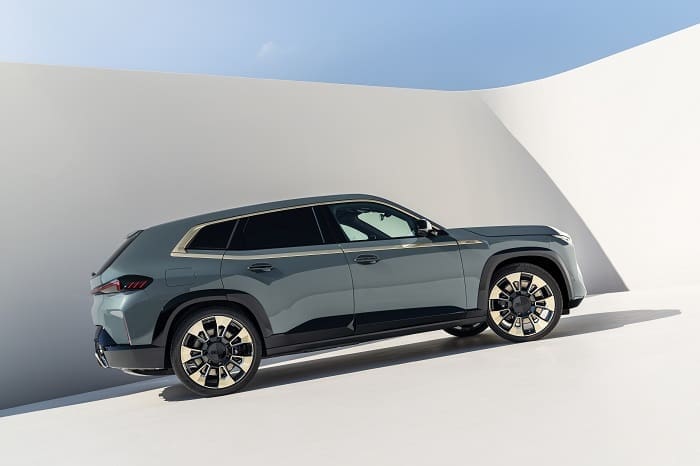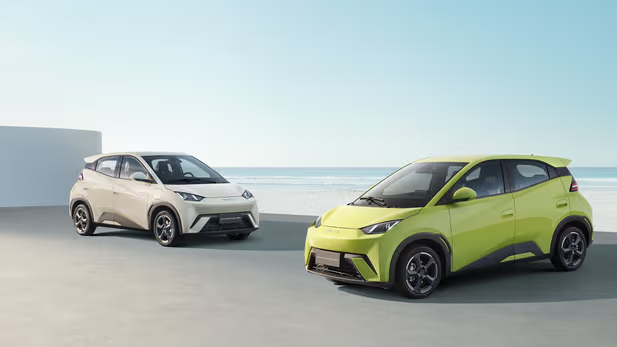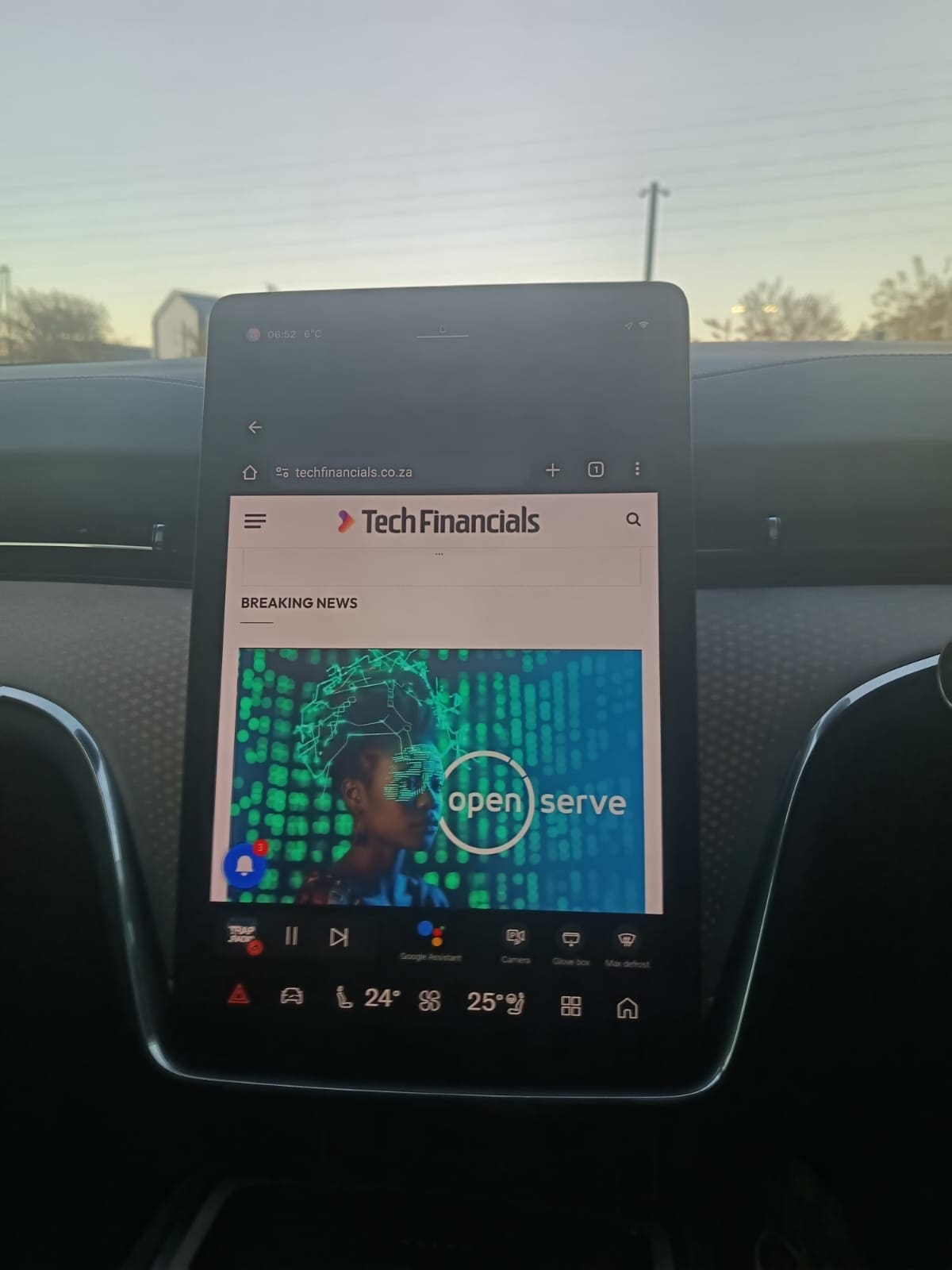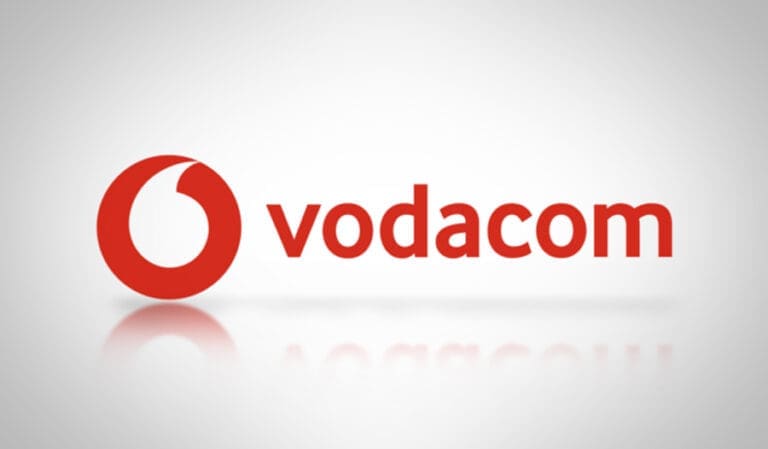Nine years ago, Vodacom announced a vision that seemed ludicrous to many: a future where they would provide full internet services inside connected cars.
Critics whispered that the telco’s bosses needed a one-way ticket to Weskoppies psychiatric hospital.
But Vodacom wasn’t mad. It was visionary.
While the world focused on carmakers and batteries, Vodacom saw the hidden nerve centre of the modern vehicle: connectivity.
Electric vehicles are available from brands like Volvo, BMW, Mini, Audi, Mercedes-Benz, GWM, Jaguar, Porsche, Lotus, and BYD in South Africa, with the Volvo EX30 being a best-seller in 2024.

In 2024, Volvo sold 539 electric vehicles. The EX30 has resonated with buyers as it offers relatively attainable pricing for a premium EV, with the entry-level model selling for R791,900.
According to Lightstone, there were 1,257 battery-powered cars sold in the country in 2024 and, while it was a 35% increase over the 931 units sold in 2023. Half of those were Volvo EVs followed by BMW.
Fast-forward to World EV Day, September 9, 2025, and the question is no longer if their plan was sane, but how completely they have delivered on it.
The Electric Revolution Hits South African Roads
The South African EV market is shifting from niche to noticeable.
AutoTrader’s Mid-Year Industry Report reveals a seismic shift:
-
New Energy Vehicle (NEV) sales skyrocketed 82% year-on-year.
-
Hybrids currently lead the charge, but pure Battery Electric Vehicle (BEV) sales are up a formidable 65%.
-
Listings for BEVs surged 63% YoY, with nearly 1,000 cars on the platform in the first half of 2025.
This growth is fueled by new, more affordable models addressing consumer fears.
The most anticipated launch is BYD’s Dolphin, expected to be South Africa’s most affordable EV at under R400,000. This isn’t a basic car; it’s a mass-market game-changer.

The Silent Partner in Every Connected EV
Amidst the glamour of new car launches, a silent partner powers the digital experience inside many of these vehicles: Vodacom.
Their M2M (Machine-to-Machine) SIM cards are the unsung heroes, providing the critical data link for infotainment, navigation, and real-time vehicle telematics. This technology, first pioneered with BMW’s ConnectedDrive, has now become the industry’s backbone.
The Proof is in the Partnership: Vodacom and Volvo

The most compelling evidence of Vodacom’s entrenched role is a landmark partnership with Volvo Car South Africa. Every new Volvo EV buyer now receives:
-
Two years of free public charging.
-
An installation allowance for a home charger.
-
A Vodacom Wi-Fi dongle with 10GB of monthly data for three years.
This isn’t just an accessory; it’s a core part of the ownership package, making Vodacom’s connectivity as essential as the tires on the car.
Furthermore, the wider Volvo Group uses Vodacom Business for IoT solutions, digitizing its entire supply chain.
The Multi-Million Rand Data Highway
Let’s talk numbers. Vodacom’s play isn’t just about technology; it’s a formidable revenue stream.
-
Assume Vodacom currently supplies data to just 800 EVs.
-
With an Average Revenue Per User (ARPU) of ~R500/month for in-car data, that’s R400,000 monthly from a tiny fraction of the market.
-
Now, imagine scaling that to a million subscribers—a realistic figure as EV adoption soars. That translates to a potential R500 million per month from in-car data alone.
The Road Ahead: Who Will Win the Mass Market?
Vodacom has built an unassailable lead, creating crucial partnerships while its rivals were still watching. The company is indisputably a key player in growing South Africa’s EV ecosystem.
The next billion-rand question is: which mobile operator will strike the essential deal with BYD? The brand predicted to bring truly affordable EVs to the masses will need a powerful connectivity partner. Given its head start and proven execution, all signs point to Vodacom extending its dominance even further.
The verdict is clear: Vodacom’s “mad” idea wasn’t a fantasy. It was a forecast. And now, they are charging full speed ahead.
Also read: The Silent Charge: Why SA’s Electric Vehicle Tipping Point Is Closer Than You Think
